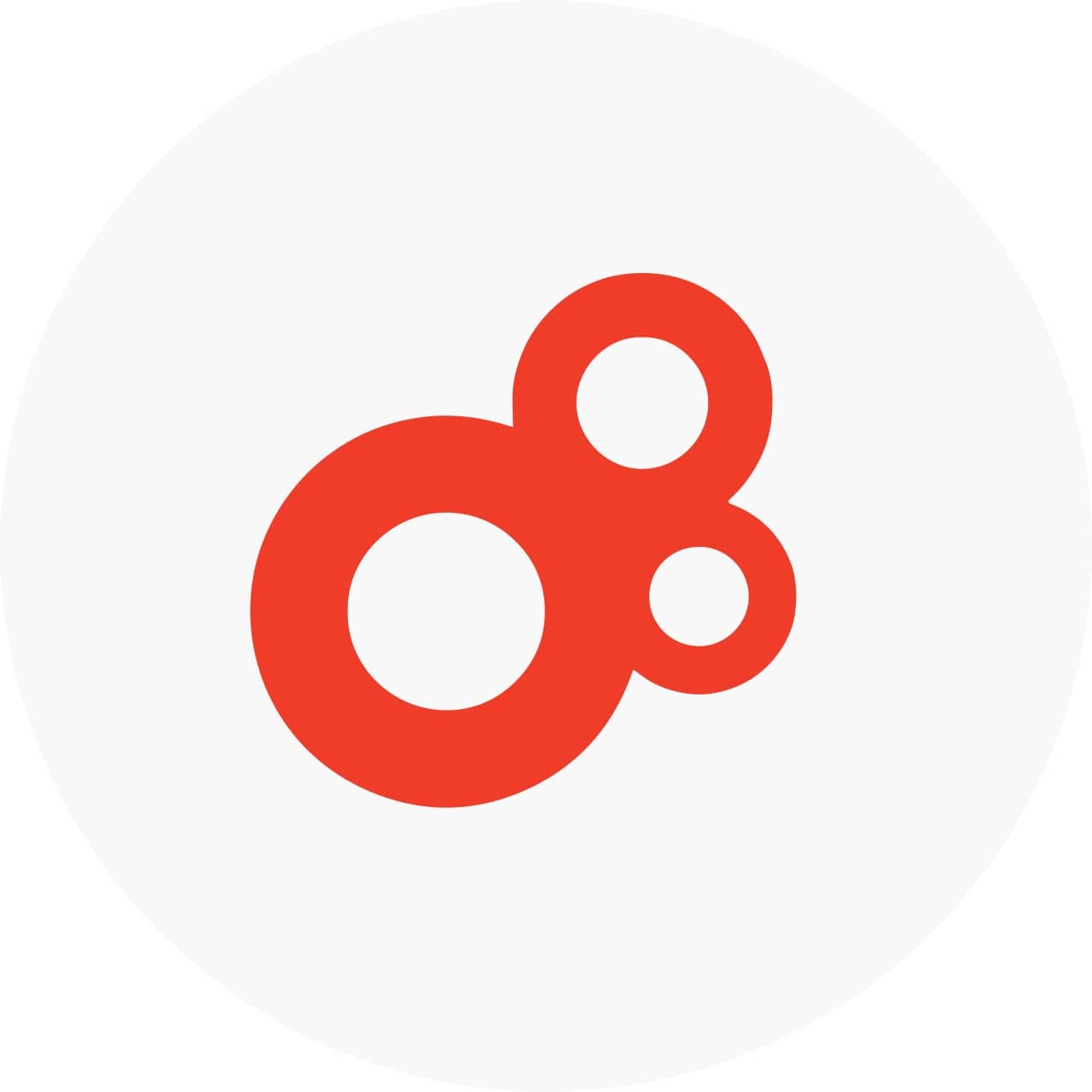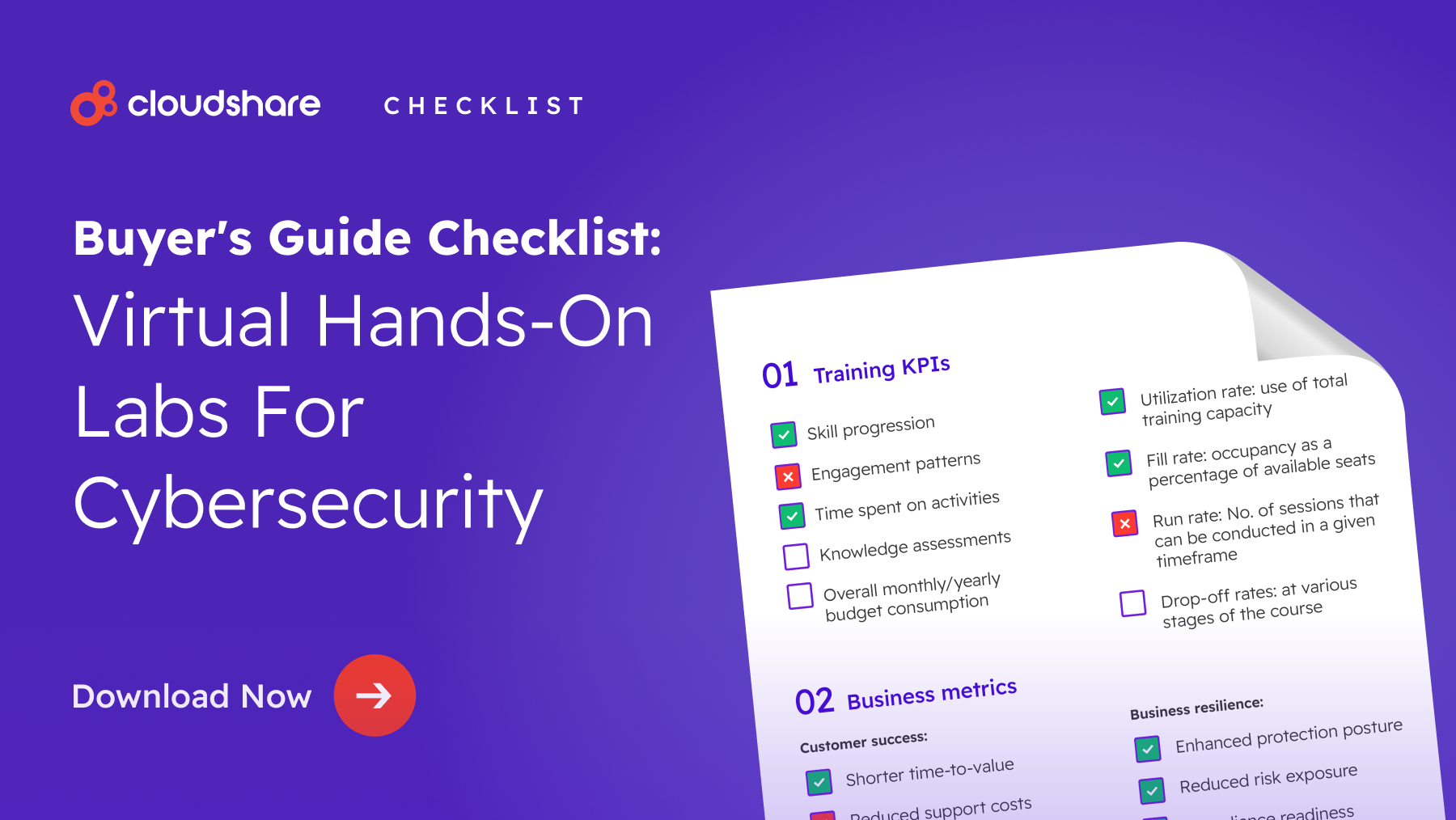
We recently discussed how training professionals can use ChatGPT. Today, we’re going to revisit that topic. Specifically, we’ll examine what is arguably one of the most compelling training use cases for ChatGPT.
As it turns out, the chatbot is surprisingly robust when it comes to generating training content. With that said, it’s also a tool that you should use with caution, and only with full knowledge of its weaknesses and limitations. Let’s start with why you’d want to use ChatGPT to begin with, though.
The Benefits of Using ChatGPT to Generate Training Content
The most significant benefit of using ChatGPT for your training content is that it has the potential to save you a great deal of time. You can easily offload things like summaries and descriptions to the chatbot, leaving you free to focus on creating the meat of the training program. ChatGPT is also pretty handy for topic ideation — if you’re struggling with how to convey something or concerned about possible gaps in your training, for instance.
It can also help you:
- Address frequently-asked questions.
- Develop existing topics and ideas.
- Offer personalized feedback and training advice.
- Translate between programming languages.
Best Practices for Creating Training Content with ChatGPT
Always Start With Context
ChatGPT doesn’t know your business from a hole in the ground. It has no idea what your training entails or who it’s for. Before you start using ChatGPT, you need to prime it.
Make sure you provide it with the following details:
- Your industry.
- The purpose and objective of your training.
- Your training’s target audience.
- Any pertinent information about your brand such as tone, verbiage, etc.
You may find it helpful to create a playbook of priming prompts related to both your business and your training, saving you the effort of having to write them out in full each time.
Keep Your Prompts as Clear and Specific as Possible
ChatGPT may be able to convincingly mimic human conversation, but at its core it is a machine. It does not think or understand things the way we do. It also lacks an understanding of nuance — don’t expect it to ‘fill in the blanks’ if you provide it with a prompt that’s lacking in some way.
If you want ChatGPT to generate content that’s actually valuable, your prompts need to be as explicit as possible. They need to explain, down to the finest detail, what you want ChatGPT to do. Otherwise, you may end up with content that’s unusable.
Fact Check Everything
If you’ve been paying attention to the news, you’ll know that ChatGPT has a tendency to either embellish the truth or completely make things up. This isn’t unique to ChatGPT, either. The phenomenon, known as hallucinating, generally results from either an ambiguous prompt or gaps/distortions in the AI’s training data.
Earlier this year, for instance, a lawyer attempted to use ChatGPT in court, only for it to fabricate no less than six cases. Basically, what we’re saying is that you cannot take it on faith that ChatGPT knows what it’s talking about. Verify every bit of information it gives you.
Proofread and Provide Feedback
Contrary to what some people would like you to believe, ChatGPT is not a literary genius. Quite the opposite, in fact. With more complex prompts, it has the occasional tendency to output awkward, garbled, or completely nonsensical language.
Keep an eye out for those kinds of errors, and explain to the chatbot what you need to edit and why — this will (at least theoretically) allow it to eventually start generating better content for you.
Don’t Expect Too Much
Lastly, understand that while it’s certainly sophisticated and compelling, ChatGPT is not the revolutionary, world-shaking technology that some people have presented it as being. It cannot do your job for you. It cannot create a training strategy, nor can it independently design a compelling training experience.
Those are all things you’ll need to take care of. ChatGPT can help you generate supplementary content, automate some of the more mundane aspects of content creation, and optimize the stuff you’ve written on your own. But it can’t do any of that without your guidance.
Train Smarter
There’s been considerable hype surrounding ChatGPT ever since it entered beta at the end of 2022. Some of that hype is merited. Much of it is not.
It’s true that with ChatGPT’s support, you can create a more effective virtual training program by generating both foundational and supplemental content. It’s also true that the chatbot can help you optimize your training in other ways, as well, from enhancing self-paced learning to providing deeper personalization. But always remember that at the end of the day, you are the one directing your training strategy — and without the right platform supporting that strategy, ChatGPT can’t really help you all that much.
CloudShare can be that platform for your organization, with powerful analytics and flexible virtual environments tied together by an intuitive admin dashboard. Book a demo with us today, and we’ll show you firsthand what we can do.



